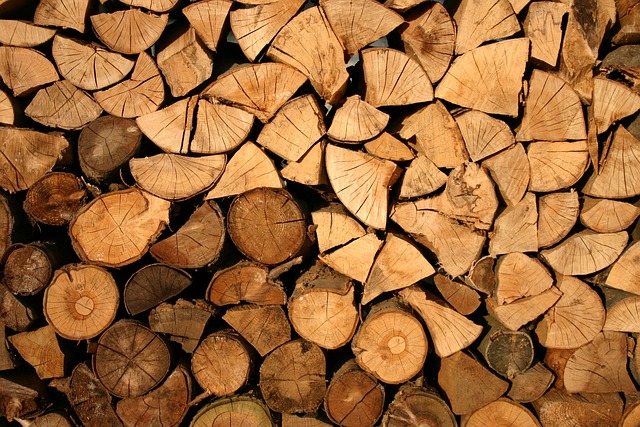
“The Impact of Dipsomania on Deforestation Rates: A Closer Look”
The Impact of Dipsomania on Deforestation Rates: A Closer Look
Dipsomania, commonly understood as an uncontrollable desire for alcoholic beverages, has significant implications that extend beyond personal health. While many may associate this term solely with the individual struggle of addiction, it is increasingly evident that dipsomania also plays a pivotal role in impacting our environment, particularly in terms of deforestation. In this blog post, we will explore the intricate relationship between dipsomania and the increasing rates of deforestation, shedding light on a connection that many might not immediately consider.
Understanding Dipsomania
The term dipsomania originates from the Greek word “dipsa,” meaning thirst. Individuals suffering from this condition often find themselves caught in a cycle of craving and consuming alcohol, leading to detrimental effects on their personal lives and surroundings. The psychological and physical toll of dipsomania can lead to a variety of destructive behavior patterns, which, when aggregated, can have far-reaching effects on communities and ecological systems.
Consumption Patterns and Resource Exploitation
One of the less discussed impacts of dipsomania is the resource consumption associated with the alcoholic beverages produced to satisfy this craving. Dipsomania can drive up demand for more alcohol, which in turn leads to greater pressure on agriculture and natural resources used in alcohol production, such as barley, grapes, and sugarcane. The increase in these crops often results in the conversion of forests into agricultural land, contributing significantly to deforestation rates around the globe.
The Economic Drivers of Deforestation
In regions where dipsomania is prevalent, there may also be economic factors at play. Industries focused on alcohol production can introduce a short-term economic boost; however, this can come at an ecological cost. The cultivation of crops used for alcohol often leads to an aggressive push for more arable land, which may directly correlate with the clearing of forests. This economic model often prioritizes short-term gains over sustainable practices, creating a vicious cycle of environmental degradation.
Social Implications and Community Health
The impact of dipsomania is not limited to individual health; it reverberates through communities, affecting overall public health and resource management. Communities grappling with high rates of alcoholism may find that their social fabrics are strained, leading to ineffective management of local natural resources. As forests are depleted to fulfill the demands of alcohol production, the resultant loss of biodiversity and ecosystem services can further exacerbate health and well-being issues within these communities, leading to a cycle that is both social and environmental in nature.
Addressing the Issue: A Multifaceted Approach
To tackle the intertwining issues of dipsomania and deforestation, a multifaceted approach is essential. Awareness campaigns that educate communities about the impacts of excessive alcohol consumption are vital. In tandem, promoting sustainable agricultural practices that prioritize forest conservation can help mitigate the adverse effects of alcohol production on the environment. Additionally, supporting local initiatives aimed at recovery from addiction can foster a healthier population that is more engaged in preserving their natural surroundings.
The relationship between dipsomania and deforestation is undoubtedly complex, intertwining human behavior, economic factors, and environmental consequences. By shining a light on this crucial intersection, we can foster a renewed focus on the need for sustainable practices and holistic community health initiatives that bridge the gap between social issues and environmental conservation.


